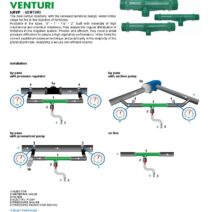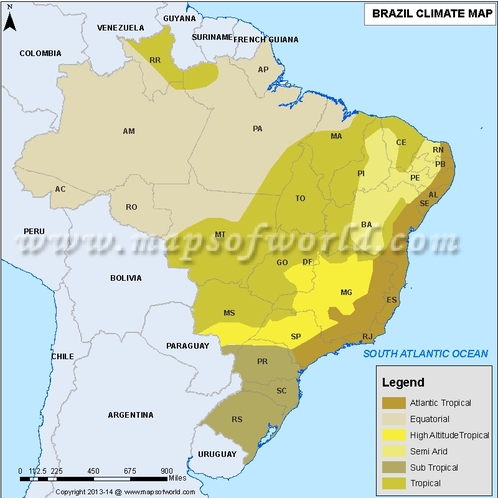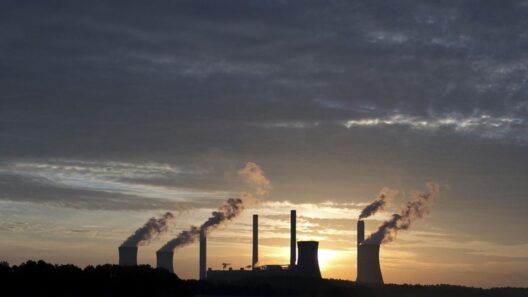Can we really turn back the clock on climate change? It’s a fundamentally intriguing question, one that teeters on the precipice of optimism and skepticism. As the planet continues to warm, scientists and activists alike grapple with the pressing inquiry: is reversing climate change a possibility, or is adapting to its consequences the only feasible path forward? This exploration probes the depths of scientific evidence, technological developments, and the crucial role of collective human endeavor in addressing this existential crisis.
Understanding the mechanisms behind climate change is imperative before delving into the prospects of reversal. The phenomenon predominantly stems from the unprecedented levels of greenhouse gases, particularly carbon dioxide and methane, being injected into the atmosphere by human activities. Since the dawn of the Industrial Age, our fossil fuel-dependent society has turbocharged the natural greenhouse effect, leading to elevated temperatures, erratic weather patterns, and ecological disruption. As we grapple with this chaos, it becomes paramount to evaluate the avenues available for reversing this trajectory.
Before getting ahead of ourselves, it’s essential to acknowledge the scientific consensus: while total reversal may be unrealistic, certain strategies promise mitigation and restoration. These methods focus on reducing greenhouse gas concentrations and sequestering carbon from the atmosphere. New approaches are surfacing, blending cutting-edge technology with age-old natural processes.
With this backdrop, let’s explore the intricate pathways toward a potentially more sustainable future.
Harnessing Nature’s Power: The Role of Reforestation
Forests are monumental players in the Earth’s climate system. Through the process of photosynthesis, trees absorb carbon dioxide, acting as significant carbon sinks. Reforestation, the intentional planting of trees in deforested areas, offers a viable approach to offsetting emissions. The United Nations has championed this avenue, emphasizing its dual benefit for biodiversity and climate stabilization. What if every nation pledged to restore its forest cover? The potential positive impacts are staggering.
However, the reforestation challenge lies in its execution. It demands substantial cooperation across sectors, cultural sensitivity, and a long-term commitment to nurturing these ecosystems. Furthermore, considerations must be made regarding the types of trees planted; native species often yield better ecological benefits than non-natives. As trees mature, the window of opportunity for reforesting continually narrows, necessitating immediate action.
Can we manage to revert our carbon footprint alongside our rampant consumerism? It requires an honest reassessment of our individual and collective lifestyles, pushing for a radical shift towards sustainability.
The Technological Frontier: Carbon Capture and Storage
What if science could present us with a high-tech solution to our climate woes? Enter carbon capture and storage (CCS), an innovative process that captures carbon dioxide emissions at their source before they enter the atmosphere. CCS technology continues to evolve, with potential applications in power plants, industrial sites, and even directly from ambient air.
As alluring as the prospect of CCS is, it is not without challenges. The technology demands significant investment and infrastructure overhaul and raises questions about long-term storage safety. Moreover, skeptics voice concern over its possible use as a “license to pollute,” enabling continued fossil fuel consumption. It beckons the question: is reliance on technological fixes a genuine path forward, or does it distract from the perennial need to reduce emissions comprehensively?
As we plunge deeper into potential solutions, research continues to unveil novel methods that extend beyond carbon capture, venturing into enhancing soil carbon storage through regenerative agriculture practices, creating an exploded potential for soil health and sequestering carbon simultaneously.
Innovative Practices: Rethinking Energy and Consumption
Reversing climate change isn’t solely about technology and nature; it’s about weaving sustainability into the very fabric of our societies. The transformation of energy systems is crucial. Transitioning from fossil fuels to renewable energy sources such as wind, solar, and geothermal can significantly reduce dependence on carbon-intensive practices. Innovative technologies like offshore wind farms and solar panel integration herald a future where clean energy is abundant—and economically viable.
Moreover, energy conservation can make substantial strides. Employing energy-efficient appliances and buildings can drastically cut energy consumption. Implementation at the community level—from local governments to grassroots organizations—can instigate a paradigm shift towards more conscious living practices.
But let’s consider the elephant in the room: consumption. Transitioning to a circular economy, one that prioritizes sustainability over the “take-make-dispose” ideology, presents challenges in consumer behavior, overhauling industrial practices, and supporting sustainable businesses. Can a global shift towards minimalism emerge in a world often characterized by excess and waste?
Uniting the Efforts: A Collaborative Approach
Ultimately, can we truly reverse climate change without collaborative action? The urgency for collective efforts is greater than ever. Governments, private sectors, and individuals must pool their resources and intentions, pushing for comprehensive policies and practices that prioritize environmental welfare. Intergovernmental platforms like the Paris Agreement signal ambitious strives toward international cooperation—yet political will often falters.
As technology and natural processes mesh, our understanding of climate change continues to evolve. The dream of reversing climate change might not be entirely attainable, but we can unearth strategies that heal and mitigate its effects. It remains a collective challenge, requiring an embrace of new solutions alongside a deep respect for our planet’s ecosystems.
Will humanity rise to the occasion? The potential for a mobilized response rests in our hands, underscoring the urgency of proactive engagement in reversing the course of climate change. The clock is ticking—how do we leverage our scientific advancements, environmental wisdom, and unwavering determination to inspire a transformative legacy for generations to come?







